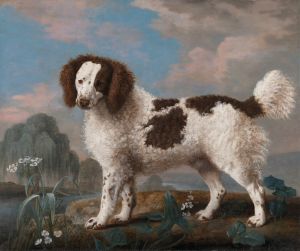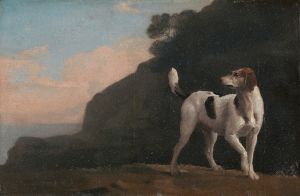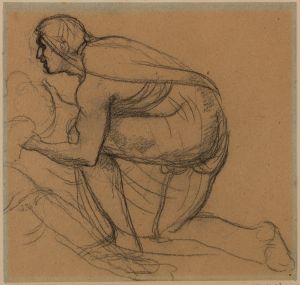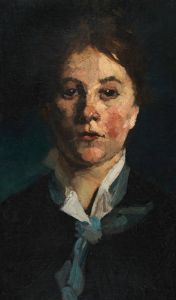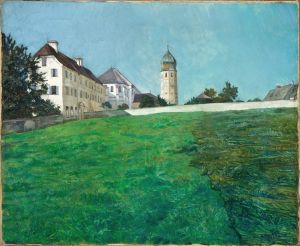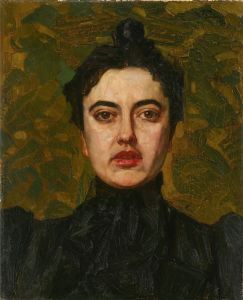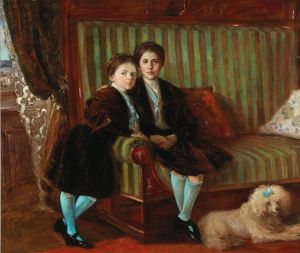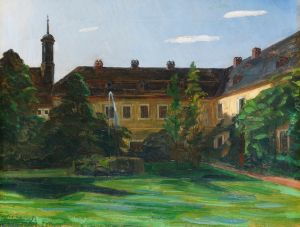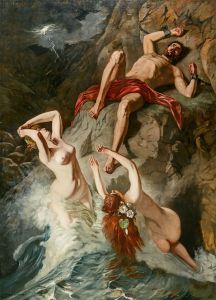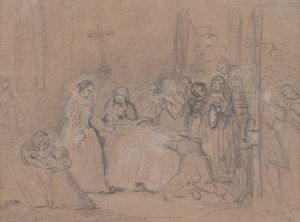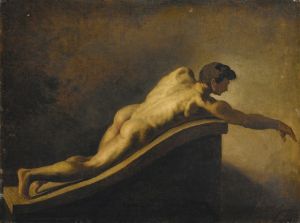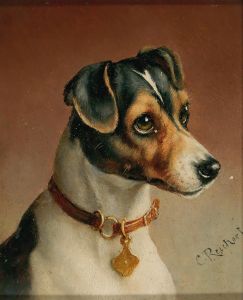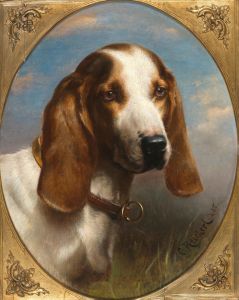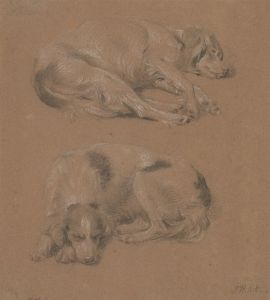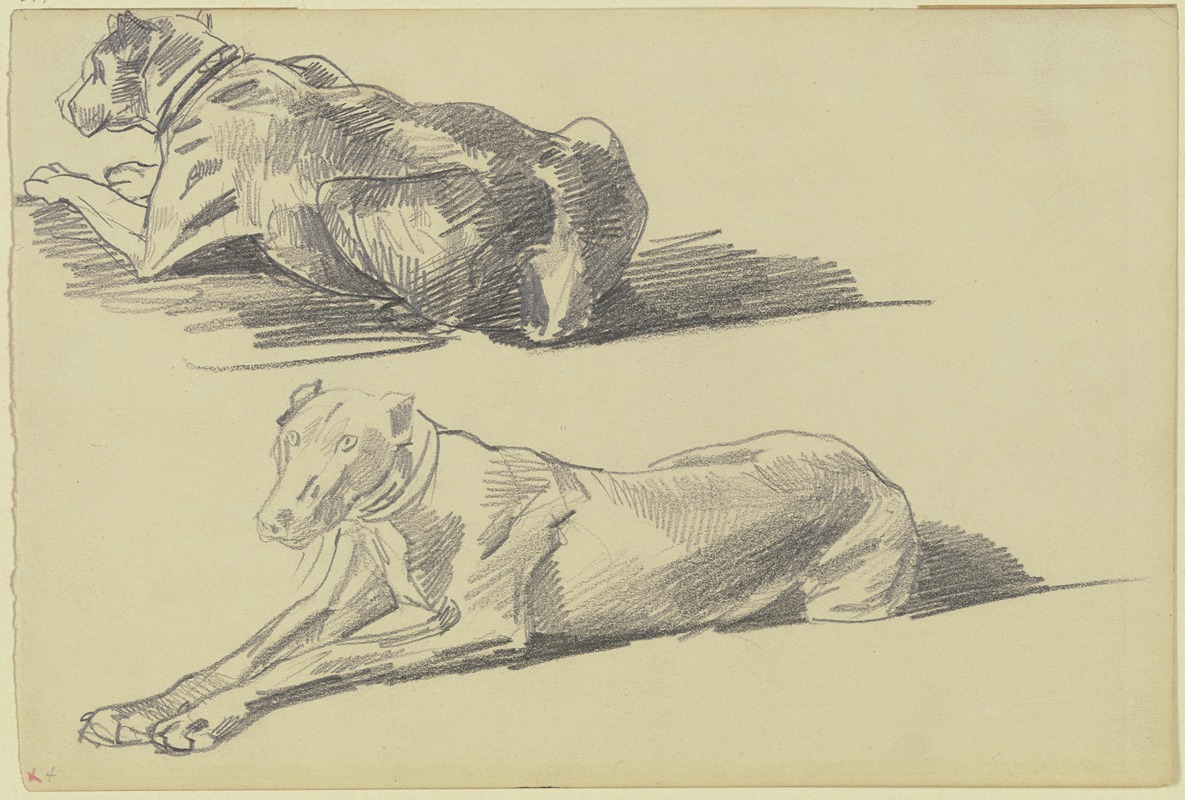
Studienblatt; Die Dogge Cäsar, liegend nach links
A hand-painted replica of Wilhelm Trübner’s masterpiece Studienblatt; Die Dogge Cäsar, liegend nach links, meticulously crafted by professional artists to capture the true essence of the original. Each piece is created with museum-quality canvas and rare mineral pigments, carefully painted by experienced artists with delicate brushstrokes and rich, layered colors to perfectly recreate the texture of the original artwork. Unlike machine-printed reproductions, this hand-painted version brings the painting to life, infused with the artist’s emotions and skill in every stroke. Whether for personal collection or home decoration, it instantly elevates the artistic atmosphere of any space.
Wilhelm Trübner was a prominent German painter associated with the Realist movement, known for his detailed and lifelike representations. One of his notable works is "Studienblatt; Die Dogge Cäsar, liegend nach links," which translates to "Study Sheet; The Great Dane Caesar, Lying to the Left." This painting exemplifies Trübner's skill in capturing the essence and character of his subjects through meticulous attention to detail and a realistic portrayal.
Trübner was born on February 3, 1851, in Heidelberg, Germany. He initially studied under the guidance of artists such as August von Kreling and Wilhelm von Diez, which helped him develop a strong foundation in traditional painting techniques. Trübner's style evolved over time, and he became associated with the Munich Secession, a group of artists who sought to break away from the conservative art establishment in Germany.
"Studienblatt; Die Dogge Cäsar, liegend nach links" is a study painting, which means it was likely created as a preparatory work or an exercise in capturing the form and anatomy of the subject. The painting features a Great Dane named Caesar, depicted in a relaxed, reclining position. The dog's body is oriented to the left, showcasing Trübner's ability to render the animal's musculature and posture with precision. The choice of a Great Dane as the subject reflects Trübner's interest in portraying animals, a common theme in his body of work.
The painting is characterized by its realistic depiction of the dog's fur, the play of light and shadow, and the overall composition, which conveys a sense of calm and dignity. Trübner's use of color and brushwork demonstrates his mastery of the Realist style, capturing the nuances of the dog's coat and the texture of its skin. The background is typically subdued, allowing the viewer's focus to remain on the subject.
Trübner's work, including this study of Caesar, is often noted for its attention to detail and the artist's ability to convey the personality and presence of his subjects. His paintings are considered significant contributions to the Realist movement in Germany, and they continue to be appreciated for their technical skill and artistic merit.
Throughout his career, Trübner remained committed to the principles of Realism, emphasizing the accurate depiction of the natural world. His works often featured everyday scenes, portraits, and landscapes, in addition to animal studies like "Studienblatt; Die Dogge Cäsar, liegend nach links." Trübner's influence extended beyond his paintings, as he also served as a professor at the Academy of Fine Arts in Karlsruhe, where he mentored a new generation of artists.
Wilhelm Trübner passed away on December 21, 1917, in Karlsruhe, leaving behind a legacy of art that continues to be studied and admired. His works are held in various collections and museums, reflecting his enduring impact on the art world. "Studienblatt; Die Dogge Cäsar, liegend nach links" remains a testament to Trübner's skill and his dedication to capturing the beauty and complexity of the natural world through art.





